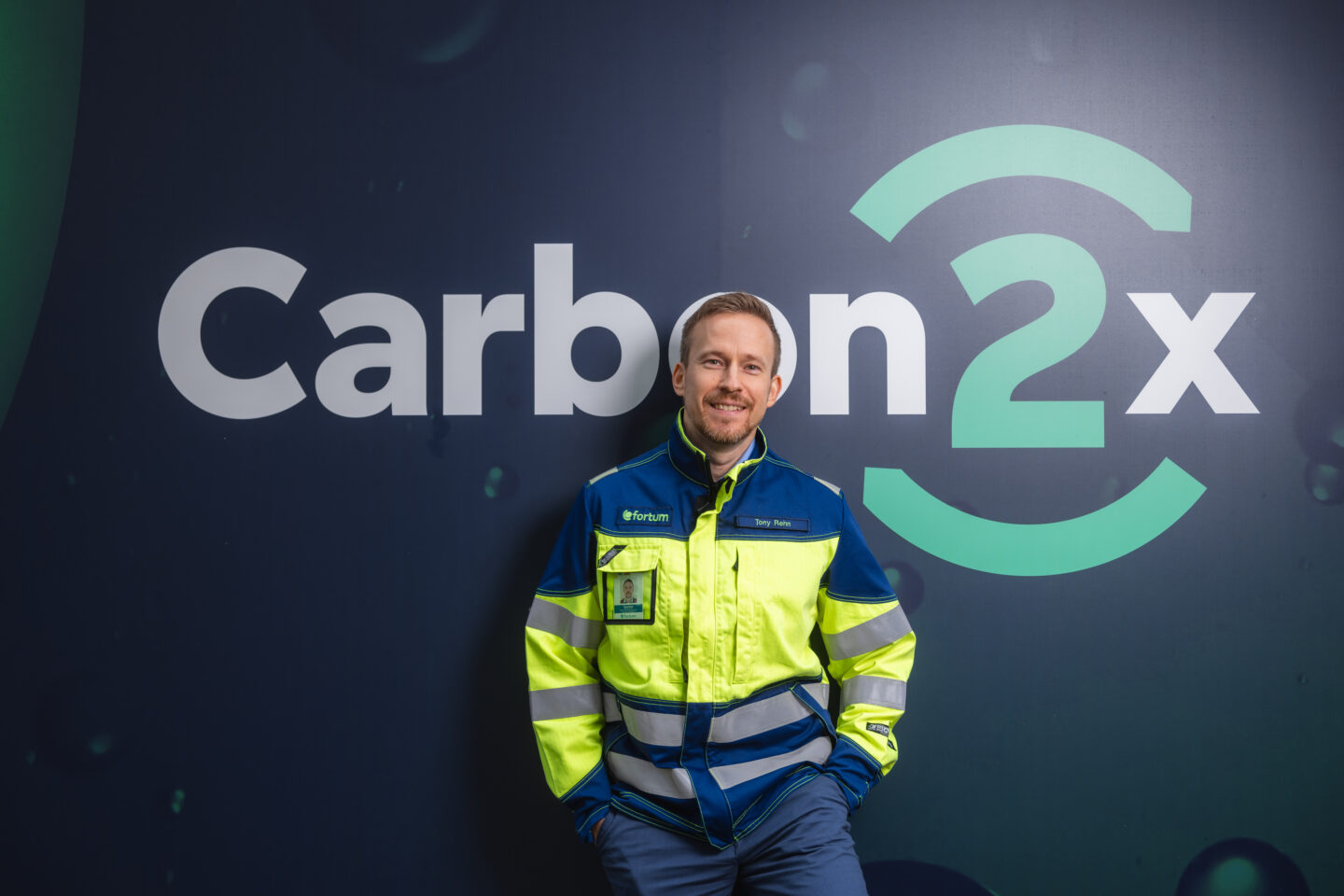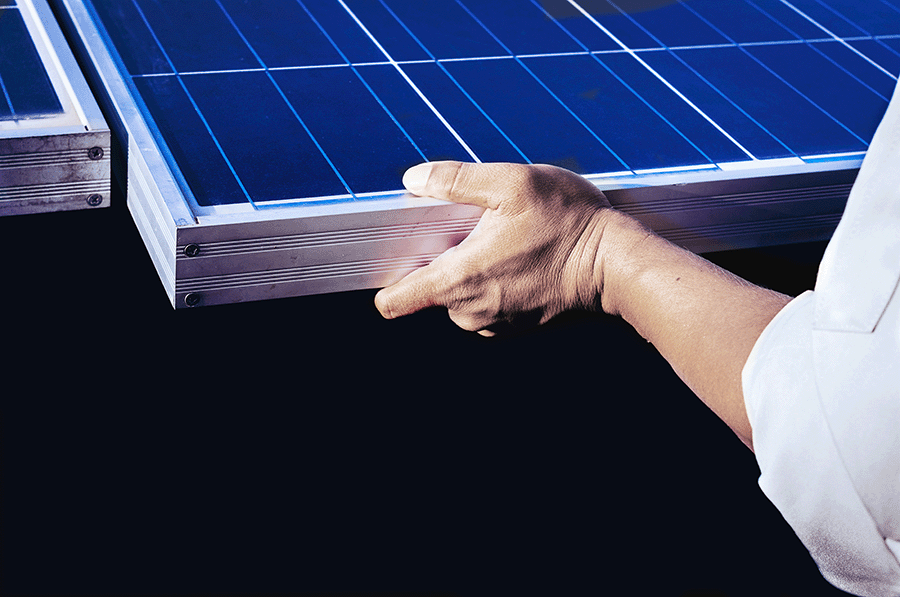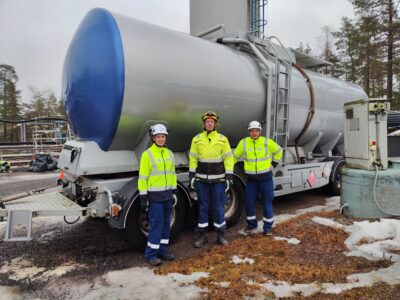Fortum Recycling & Waste: Carbon 2x takes recycling to the next level

Fortum Recycling & Waste aims to create sustainable solutions that address both environmental challenges and the issue of raw material shortages. The Carbon2x project seeks to utilize the carbon dioxide released during waste incineration, which could significantly increase the recycling rate of municipal waste.
Although Fortum is better known as an energy company, it has also been an active player in the waste and recycling sector. Fortum Recycling & Waste is the company’s waste and recycling business division, which Fortum agreed to sell to Summa Equity through NG Group in July. The transaction is expected to be completed in the fourth quarter of 2024. Recycling & Waste provides waste management services and comprehensive solutions for the treatment and recycling of plastics, metals, ash, slag, and hazardous waste to industrial and municipal sector customers.
Despite the growing emphasis on the importance of the circular economy and the need to increase recycling, the actual figures tell a different story. According to research, only 7.2% of the extracted and used raw materials were returned to circulation after their first use last year.
According to Fortum Recycling & Waste, today’s technology allows for carbon recycling in a way that mirrors natural processes. While the company acknowledges that Carbon Capture and Storage (CCS) is necessary in some cases, they believe that Carbon Capture and Utilization (CCU) offers a more efficient and sustainable solution in terms of the circular economy and resource use. Long-term carbon storage does not address the fundamental issue of using fossil raw materials. It also does not support the development of a circular economy, instead acting as a linear solution that fails to address the deeper problem of raw material shortages.
“Carbon is far too valuable a resource to be simply stored away,” says Tony Rehn, Project Manager of the Carbon2x project. “However, this requires that waste incineration is also viewed as a form of recycling.”
The Carbon2x project is about finding a new way to recycle waste that is otherwise non-recyclable. When waste is incinerated, the carbon released escapes into the atmosphere as carbon dioxide. Capturing this carbon is crucial because it is a key raw material in the production of many materials. The goal of the Carbon2x project is that, in the future, all the carbon in waste could be recycled instead of being released into the atmosphere. This could increase the recycling rate of municipal waste by up to 25%. The captured and recycled carbon could be used to produce carbon dioxide-based plastics, for example.
“It’s essential to discuss why carbon utilization is so important,” says Rehn. “The release of carbon dioxide into the atmosphere causes global warming and other environmental problems. Alternatively, carbon dioxide capture can be used to create useful products. So, capturing and utilizing carbon dioxide is a way to turn something harmful into something beneficial.”
In 2023, Fortum built two laboratory containers in Riihimäki for testing various technologies. In October, the company announced a €9.8 million investment to start piloting the technology for carbon dioxide-based plastics and the production of these products. The pilot phase is set to begin in early 2025. Additionally, Fortum plans to test carbon dioxide capture from hazardous waste at its waste incineration plant in Denmark at the end of 2024.


